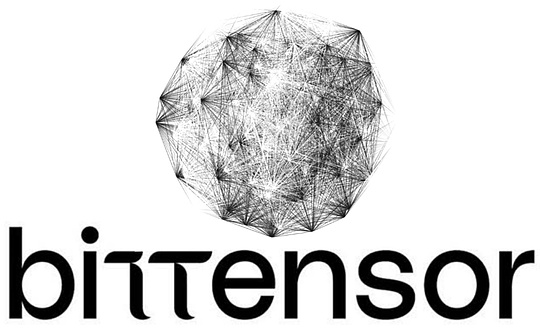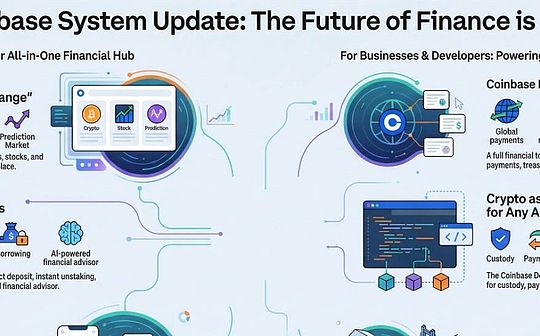
Author: SETH BLOOMBERG, MESSARI researcher Source: @Bloomberg_SETH Translation: Shan Ouba, Bit Chain Vision Realm
Since everyone is discussing Bittersor recently, I want to share some of my opinions and concerns about it.
To make a underlying agreement success, we must develop the network effect.This is the key to attracting and retaining users and developers.For smart contract platforms like Ethereum, the network effect comes from liquidity and reliable execution capabilities on the chain.For Bittersor, the source of its network effect is:
-
AI/ML developers familiar with online mining (that is, developers who develop AI models and services);
-
It can absorb the depth and flow of inflation and flow.The less mature networks are usually affected by the tokens.
Since the second point is generally suitable for most encryption networks, I mainly pay attention to point 1.Detailed explanation, the network effect or flywheel effect generated by point 1 is: the new subnet benefits the experienced Bittersor AI/ML developers, because they continue to produce high -quality output → AI/ML engineers benefit from continuous TAO inflationaward.It is hoped that the rise of the TAO reward can continue to attract more subnet builders with Bittensor’s AI/ML talents, so as to attract more AI/ML talents, and push it according to this.
Whether you look bullish or empty TAO, it is worth exploring how this network effect may collapse.The next step is to discuss this issue.
Scenario 1: TAO inflation & lt; operating cost
The AI/ML talent was attracted to the Internet because the TAO inflation reward they received surpassed their operating costs in Bittensor.Mathematics is simple: no large -scale raising funds, obtaining customers, or creating income.You only need to integrate the model into the subnet of Bittensor and get TAO inflation rewards.The basic assumption is that based on the value of current (or expected future) TAO rewards, compared to your (denying at the dollar), you will have some positive profits.If the above mathematical calculations are not established, this is the simplest situation for AI/ML talents to leave Bittensor for other opportunities.
Scenario 2: Opportunity cost calculation
Suppose you are one of the powerful AI/ML developers, mining on Bittensor.Or you are a small team composed of two or three AI/ML developers to build a product on Bittensor.At some point, you have to ask yourself: “What is the cost of continuing the opportunity to operate here as miners?” Do you know that the benefits of staying in Bittersor are purely tao inflation awards and TAO prices.After the variables of this party are fixed, you have to calculate the other party: Is the benefits of leaving Bittensor and starting a new agreement?I know … For some people, this may be a big deal, but if you don’t consider this, you will be unfair to yourself.
Bittersor has realized that it is necessary to provide additional benefits to the subnet and its miners.Dynamic TAO (in the next tweet, I will link an article in SAMI, explaining dynamic TAO in detail) seems to be recognized.
It is now in the test network and may enter the production environment by the end of this year or early next year.Through the dynamic TAO, each subnet will effectively have a fund pool similar to Uniswap V2 style, and its subnet tokens will be paired/priced with TAO.The “dynamic” part of the upgrade here comes from the new dynamic TAO inflation model: the more TAO pledged in the subnet pool, the more the TAO inflation rewards assigned to the subnet, the higher the price of the tokens of the subnet.This sounds a good deal.AI developers can get the potential income of the subnet tokens, while retaining the benefits of the Bittensor ecosystem (ie, the TAO inflation award).
However, the valuation of sub -net tokens to a single subnet tokens is set to set a person’s upper limit.Ethereum and its L2, or Helium and Subdaos also have similar token dynamic/relationships.This is the key to opportunity cost calculation.If you are the powerful AI/ML developers or capable subnet owners, why should you restrict yourself as described above?Why not build your own agreement or network?I dare to bet. There may be a group of venture capitals that are tired of watching those boring AI and encryption projects. They may not be able to want to fund you, and the possible valuations that may be given are higher than those with strict/rigid token design.Even better, you have accumulated a lot of TAO through mining and made some mathematical calculations. He believes that you can start your own agreement with your own funds and try to attract some applications/users/income, and then consider external capital (In today’s market, this is rare).
In my opinion, this is the long -term battlefield of Bittensor -designing its mechanisms, incentives and ecosystems to retain the best AI/ML talents.
I think a tweet from @Mrink0 also implies this problem (if not, I sorry to take the conmics and obtain it; if there is an error, please correct it).In my opinion, people like Nous leave Bittersor to build their own network, indicating that for some BitTensor builders, the incentives staying at Bittensor are not comparable to the construction/launching their own networks.







